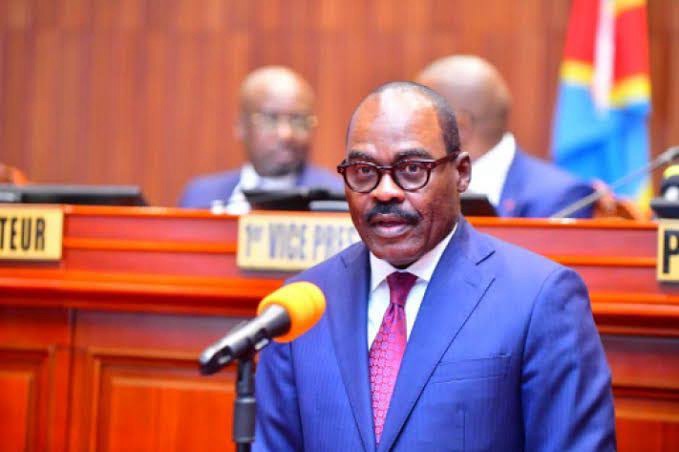Kinshasa weighs currency strength and price pain
The DRC reviews the franc’s (USDCDF) 8 % rise as copper (XCUUSD) inflows lift reserves but erode local revenues; Kinshasa weighs wage, fiscal and export-margin trade-offs amid firm DXY.

The Democratic Republic of Congo’s presidency convened senior economic officials on 24 October 2025 to assess the domestic impact of the Congolese franc’s (USDCDF) sustained appreciation, which—while easing import costs—has exposed exporters and fiscal accounts to tightening margins. The meeting signals that Kinshasa’s challenge has shifted from exchange-rate volatility to managing the second-order effects of a stronger currency on real incomes, competitiveness, and budget execution.
The franc has gained roughly 8 percent year-to-date against the US dollar amid elevated mineral inflows, central-bank FX interventions, and a slowdown in dollar demand from importers. Copper (XCUUSD) and cobalt prices remain firm, keeping export receipts healthy and lifting the Banque Centrale du Congo’s reserves above US$5.1 billion, the highest since 2012. Yet the appreciation’s translation effects are mixed: while fuel and food import prices have moderated headline inflation to 6.9 percent, mining-linked revenues—denominated mostly in dollars—yield fewer local-currency francs, squeezing nominal-budget performance.
Fiscal technocrats warned that the mechanical compression of franc-denominated revenues could undercut wage disbursements and social spending unless exchange-rate assumptions in the 2025 budget are revised. The Ministry of Finance is reviewing its exchange-rate reference from CDF 2,500 to CDF 2,300 per US dollar for the remainder of the year to align projections. That recalibration will tighten available fiscal space unless offset by higher royalties or new disbursements from concessional lenders.
Real-sector exporters—particularly mid-tier mining suppliers and agribusinesses—face margin pressure as local-cost bases rise faster than dollar receipts. Authorities discussed temporary tax-credit offsets for exporters with domestic payroll exposure, though such measures risk diluting revenue-mobilisation goals.
For households, the picture is superficially benign: imported consumer-goods prices have eased, stabilising urban purchasing power. But nominal wages have been largely static, and the franc’s real-effective appreciation could stifle non-mineral job creation if it persists. Analysts note parallels with Zambia’s short-lived currency rally in 2024, which eroded export competitiveness before fiscal adjustment caught up.
Central-bank officials favour maintaining an FX-reserve accumulation bias while avoiding aggressive sterilisation that could re-ignite inflation. The DRC’s dollar-driven balance of payments leaves it exposed if DXY strengthens further or if copper prices soften. For now, the mix of tight liquidity management and restrained fiscal issuance has kept domestic yields contained.
Kinshasa’s broader objective is political as much as economic: sustaining the perception of stability ahead of sub-national elections in 2026 without stalling growth. The presidency reportedly tasked a joint team from the finance and planning ministries to present policy options—including gradual reserve diversification, export-credit insurance, and targeted subsidies—to cushion lower-income households from any renewed imported-price shocks.
In effect, Congo’s policymakers are discovering the paradox of success: the same external-sector strength that secures FX stability also complicates fiscal arithmetic and labour-market balance. Whether the authorities can fine-tune that equilibrium will determine if the franc’s current strength endures as a symbol of confidence—or mutates into a drag on competitiveness.





